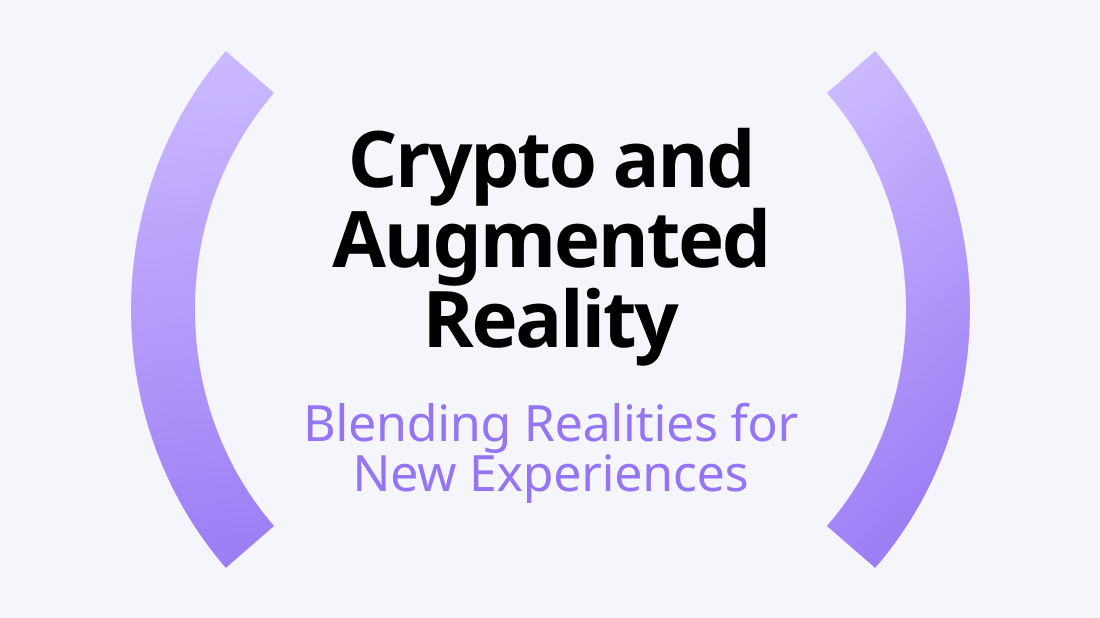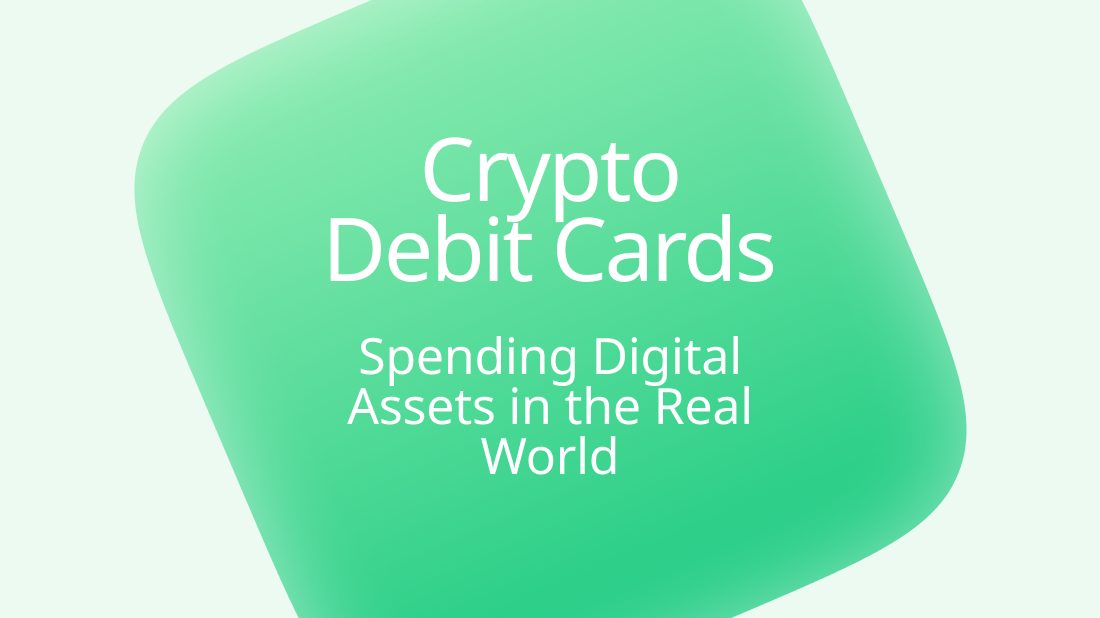Crypto and Augmented Reality: Blending Realities for New Experiences

In the dynamic landscape of technology, the convergence of cryptocurrency and augmented reality (AR) opens up a realm of innovative possibilities. By merging digital assets with immersive AR experiences, developers are reshaping the way we interact with digital content and the physical world. This article explores the intersection of crypto and augmented reality, examining potential use cases and envisioning the future of blended realities in cryptocurrency.
Exploring Crypto and Augmented Reality
Augmented reality overlays digital information onto the physical environment, creating a seamless blend of virtual and real-world elements. Integrating cryptocurrency into AR experiences allows users to interact with digital assets in physical spaces, enhancing engagement and interactivity.
Augmented reality offers a unique opportunity to engage users in immersive experiences. By incorporating cryptocurrency elements, such as digital collectibles or rewards, developers can incentivize participation and create compelling AR content.
Use Cases of AR Experiences with Crypto
- Crypto Collectibles and Digital Assets:
Cryptocurrency-based collectibles, known as non-fungible tokens (NFTs), can be integrated into augmented reality experiences. Imagine exploring a virtual art gallery where NFTs are displayed as interactive 3D sculptures, allowing users to view and interact with digital artworks in a physical space.
- Geo-Tagged Crypto Treasure Hunts:
Augmented reality enables the creation of geo-tagged treasure hunts where participants use AR-enabled devices to discover hidden cryptocurrency rewards or tokens in real-world locations. This gamified experience encourages exploration and fosters community engagement.
- Virtual Real Estate and Metaverse Integration:
The concept of virtual real estate intersects with augmented reality, offering users the opportunity to own and develop digital properties in virtual worlds. Integrating cryptocurrency payments and ownership mechanisms into AR-based metaverses enables users to buy, sell, and trade virtual assets in immersive environments.
Blending Realities in Cryptocurrency
- AR-Based Cryptocurrency Wallets:
Augmented reality can revolutionize the way we interact with cryptocurrency wallets. Imagine visualizing your digital asset portfolio in AR, with each token represented as a unique 3D object floating in your physical space. Users can interact with their assets, track their performance, and initiate transactions using intuitive gestures.
- Interactive Blockchain Visualizations:
Augmented reality offers a novel way to visualize blockchain data and transactions. Users can explore the blockchain network in AR, viewing real-time transaction flows, network statistics, and token movements in a visually stunning and immersive environment.
- Crypto Education and Training:
Augmented reality can enhance crypto education and training by providing interactive tutorials, simulations, and demonstrations. Users can learn about blockchain technology, cryptocurrency concepts, and trading strategies in a hands-on and immersive manner, accelerating the learning process and increasing retention.
Challenges and Future Outlook
- Technical Complexity and Integration:
Integrating cryptocurrency with augmented reality presents technical challenges, including interoperability, scalability, and performance optimization. Developers must overcome these hurdles to create seamless and immersive AR experiences that leverage the benefits of cryptocurrency.
- Regulatory and Security Considerations:
As augmented reality becomes more intertwined with cryptocurrency, regulatory and security concerns arise. Ensuring compliance with existing regulations and implementing robust security measures are essential to protect user data and assets in AR-based crypto experiences.
- Evolution of the AR Ecosystem:
The future of crypto and augmented reality depends on the evolution of the AR ecosystem and the adoption of AR-enabled devices and platforms. As AR technology continues to advance and become more accessible, we can expect to see increasingly innovative and immersive AR experiences that integrate seamlessly with cryptocurrency.
Conclusion
The fusion of cryptocurrency and augmented reality heralds a new era of blended realities, where digital assets and immersive experiences converge to create dynamic and engaging interactions. From virtual art galleries to geo-tagged treasure hunts, the possibilities are endless. By embracing this fusion of technologies, we can unlock new realms of creativity, innovation, and exploration, shaping the future of digital experiences in the decentralized world of cryptocurrency.












